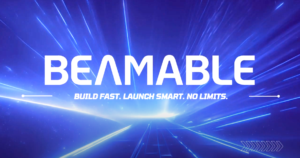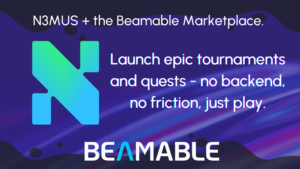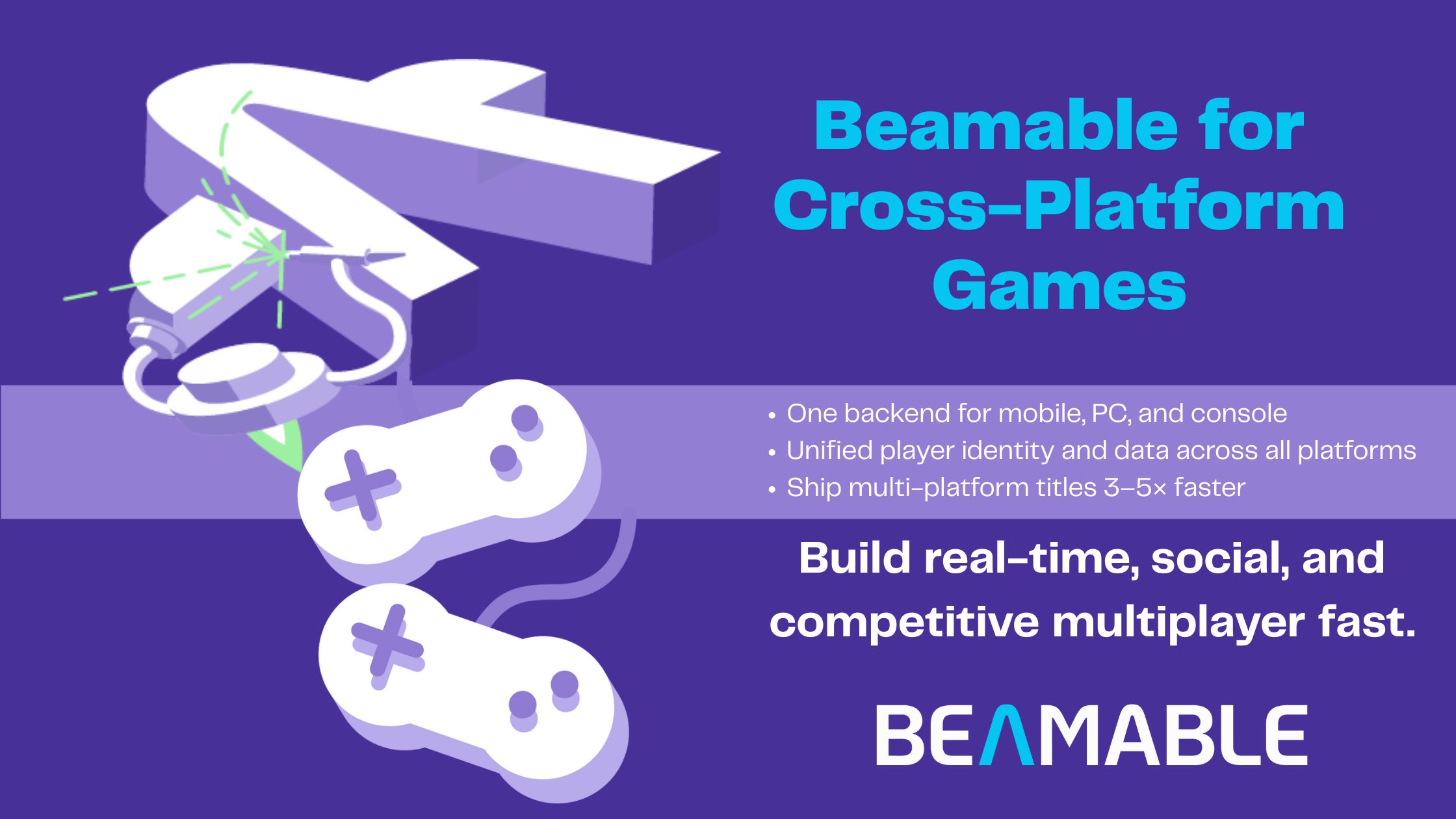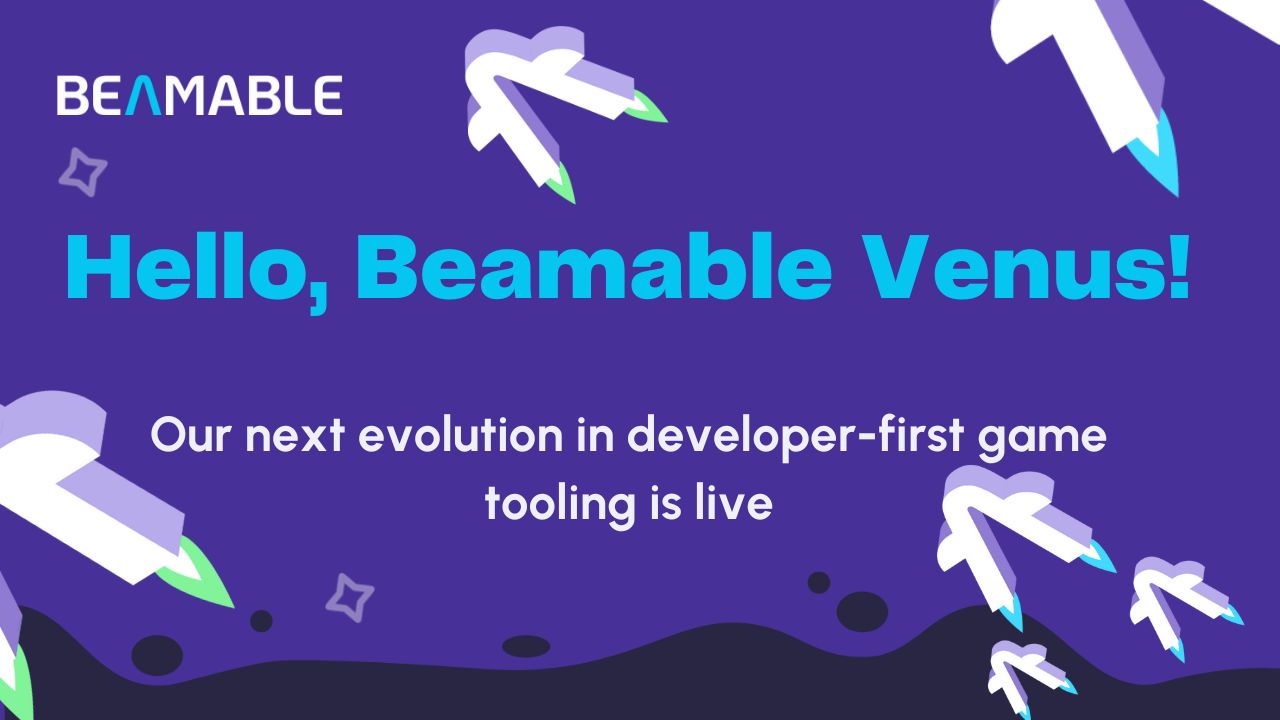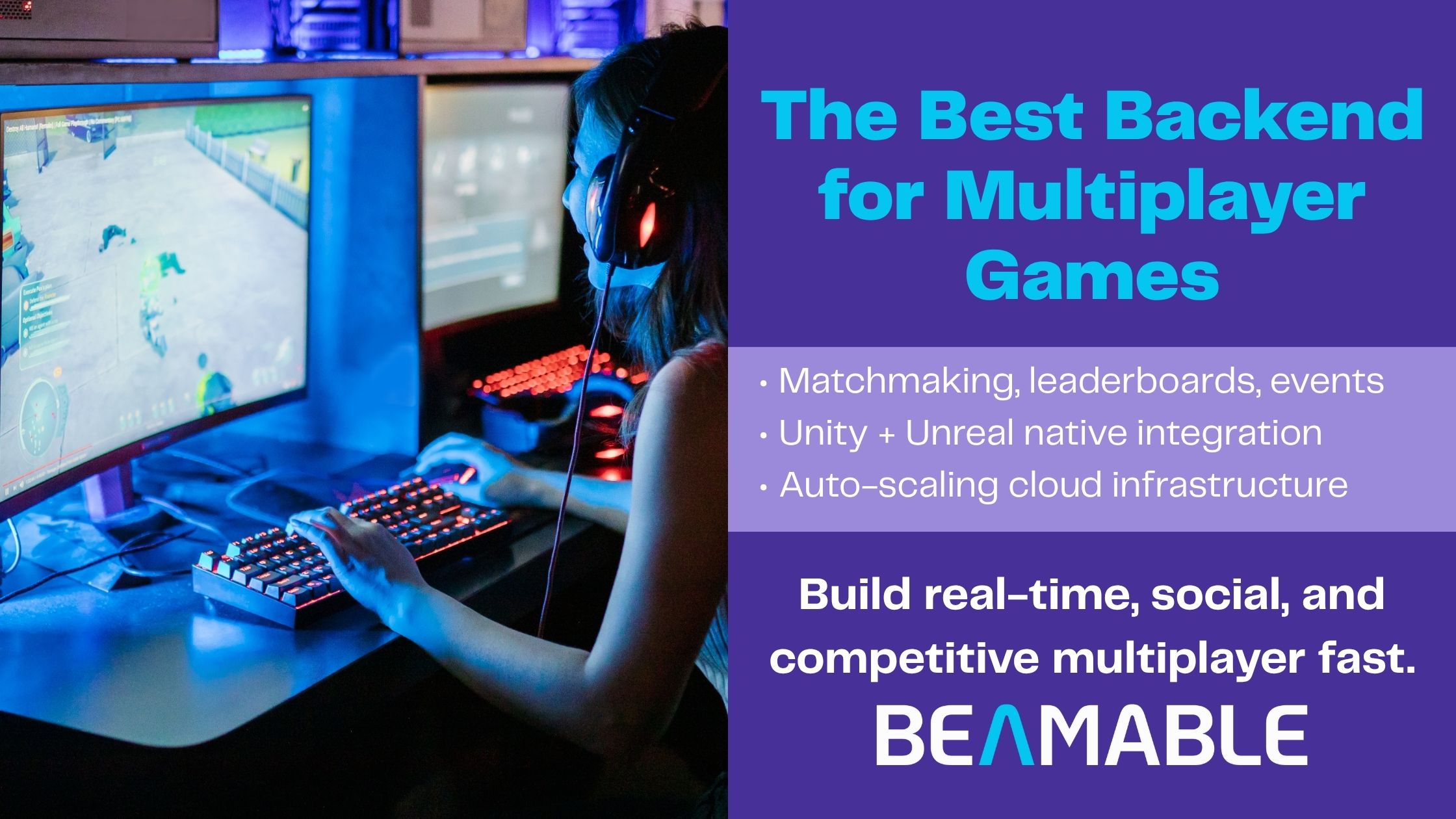Migrating from PlayFab to Beamable–A Practical Guide for Developers
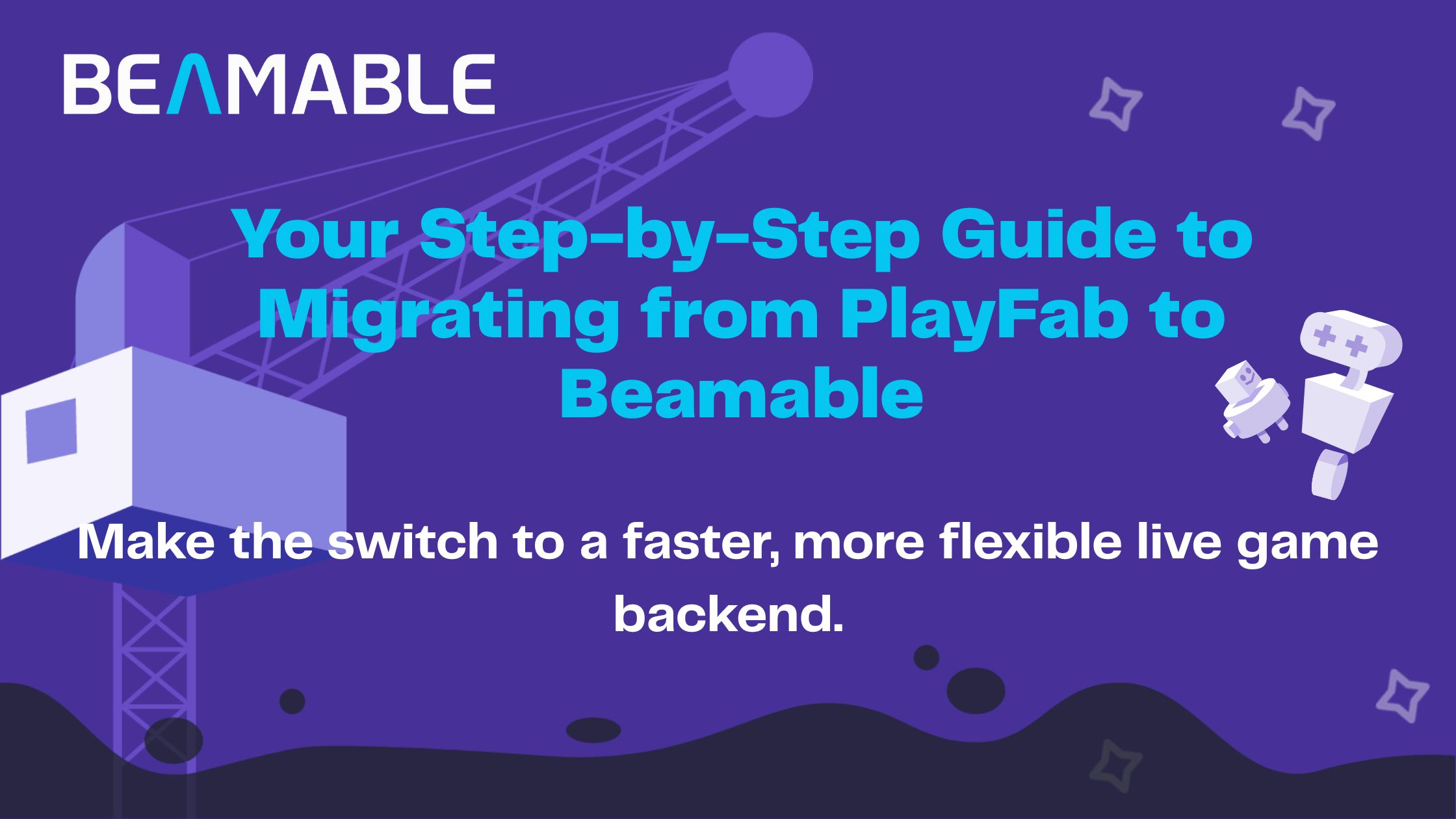
Migrating from PlayFab to Beamable–A Practical Guide for Developers
Why Studios Are Moving Beyond PlayFab
PlayFab helped define the era of cloud backends for games. For years, it gave studios a fast way to launch features like leaderboards, player data, and virtual economies.
But as games have evolved into constantly updated live experiences, developers have outgrown PlayFab’s limits. Studios now want:
- Faster iteration cycles
- Flexible tools for LiveOps and economy tuning
- Freedom to own and extend their backend
- Lower long-term operational costs
Beamable was built for this new reality—giving developers full control, extensibility, and scalability across live-service and multiplayer games.
Why Beamable is the Best Long-Term Choice
Beamable isn’t just a backend; it’s a complete live-service platform designed for how studios build today.
1. Future-Ready Architecture
Beamable is continuously evolving, with built-in LiveOps, content management, microservices, and decentralized infrastructure (via Beamable Network). PlayFab, while stable, hasn’t kept pace with how modern games operate.
2. Developer Control and Extensibility
With PlayFab, extending or debugging CloudScript can become rigid and time-consuming. Beamable lets you create microservices in familiar languages, deploy via CI/CD, and iterate rapidly.
3. LiveOps Without Rebuilds
Change offers, events, and balance live—without code pushes or redeploys. Beamable’s Portal empowers designers and producers to manage content without waiting on engineering cycles.
4. Scalable and Transparent Costs
Beamable’s model is usage-based and predictable. As you grow, your backend scales seamlessly—with no hidden overages or vendor lock-in.
5. Active Development and Support
Beamable continues to expand its ecosystem, with new modules, SDK updates, and direct engineering support. Studios get help migrating, optimizing, and scaling their backend—something PlayFab users often cite as missing.
When PlayFab isn’t the Right Fit
PlayFab remains useful for smaller titles or prototypes, especially for teams already embedded in Azure.
But studios typically reach a tipping point when:
- They need advanced LiveOps or in-game commerce.
- Custom scripts become hard to maintain.
- Scaling introduces cost spikes or performance constraints.
- They want to own their data and logic fully.
When you hit those walls, migration isn’t just a tech decision—it’s a strategic one. Beamable unlocks new creative and operational freedom.
How to Migrate from PlayFab to Beamable
Migration isn’t “one click,” but it’s a known and supported process. Many teams have done it successfully—and Beamable can guide you through it.
Step 1: Audit Your Current Setup
Identify which PlayFab services you rely on (authentication, leaderboards, player data, etc.) and note any custom CloudScript logic.
Step 2: Map to Beamable Modules
| PlayFab Feature | Beamable Equivalent | Migration Notes |
| Title Data | Content System | Import metadata and configs into Beamable’s content pipeline. |
| CloudScript | Microservices | Rebuild logic using Beamable’s C# microservices framework. |
| Economy | Economy Module | Gain full control and visibility into virtual currencies and items. |
| Player Data | Identity | Supports unified player profiles across devices and platforms. |
| Events | LiveOps | Run seasonal events and offers instantly via the Beamable Portal. |
Step 3: Set Up and Test
Create your project in the Beamable Portal, connect the SDK, and import your player data. Run PlayFab and Beamable in parallel if you need to stage your rollout.
Step 4: Optimize and Extend
Deploy microservices, automate content updates, and explore optional integration with Beamable Network for decentralized compute or cross-game services.
Step 5: Get Help When You Need It
Our support team and partners have helped dozens of studios transition from PlayFab. Beamable’s Laser Beam implementation packages and Pro Support tiers are designed to de-risk migrations and accelerate launch.
Migration Isn’t a Risk—It’s an Upgrade
Migrating from PlayFab isn’t about fixing what’s broken—it’s about evolving to what’s next.
Beamable gives you:
- The agility to iterate faster
- The tools to monetize smarter
- The infrastructure to scale sustainably
And if you’re ready to make the move, we’ll help you get there—step by step.
👉 Schedule a Demo of Beamable’s Live Game Backend
👉Sign up for our newsletter to learn more ways to stay ahead in game development
FAQ
Q: Is it really worth migrating?
If your game is growing, yes. The faster you can adapt and monetize, the more revenue you can capture—and Beamable gives you the tools to do that.
Q: How long does migration take?
Most teams transition within a few weeks, depending on data size and code complexity.
Q: Will I lose any player data?
No. Beamable supports seamless import of PlayFab player data and economy balances.
Q: What kind of support does Beamable offer?
Our Pro Support plans and partner network can manage the entire migration if you prefer a turnkey path.
